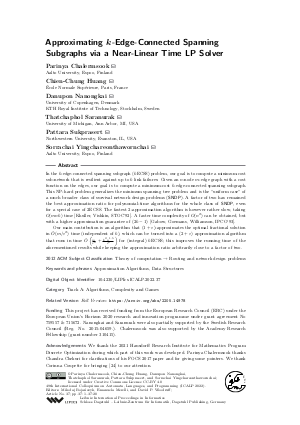LIPIcs.ICALP.2022.37.pdf
- Filesize: 0.9 MB
- 20 pages

 Creative Commons Attribution 4.0 International license
Creative Commons Attribution 4.0 International license








































Feedback for Dagstuhl Publishing